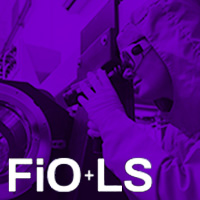Abstract
For understanding biological functions, molecular mechanism of chemical reactions of bio-molecules have to be clarified. Although structures of biological molecules provide important information for these purposes, the static structures are not sufficient. Dynamics are essential, because reactions are always dynamic. Since almost all biological molecules work in water at ambient temperature, it is impossible to escape from the thermal fluctuation during the functions. Fluctuation involves random movements without changing the average structure and energy. How can such biological molecules perform selective and efficient reactions for their functions in life? Furthermore, the dynamical behaviors are important for signal transfer processes, which are controlled by the intermolecular interaction. Bio-function consists of well-designed "dynamical" networks of many intermolecular interactions. In particular, information transfers of various sensor systems should be studied from a view point of molecular assembly - disassembly processes.
© 2014 Optical Society of America
PDF ArticleMore Like This
Masahide Terazima, Kunisato Kuroi, and Yusuke Nakasone
JW4A.124 Frontiers in Optics (FiO) 2016
Masahide Terazima, Kosei Shibata, and Yusuke Nakasone
JTu4B.4 Bio-Optics: Design and Application (BODA) 2023
Akira Suda, Hiroshi Takahashi, and Keisuke Toda
JW2A.69 CLEO: Applications and Technology (CLEO:A&T) 2014

